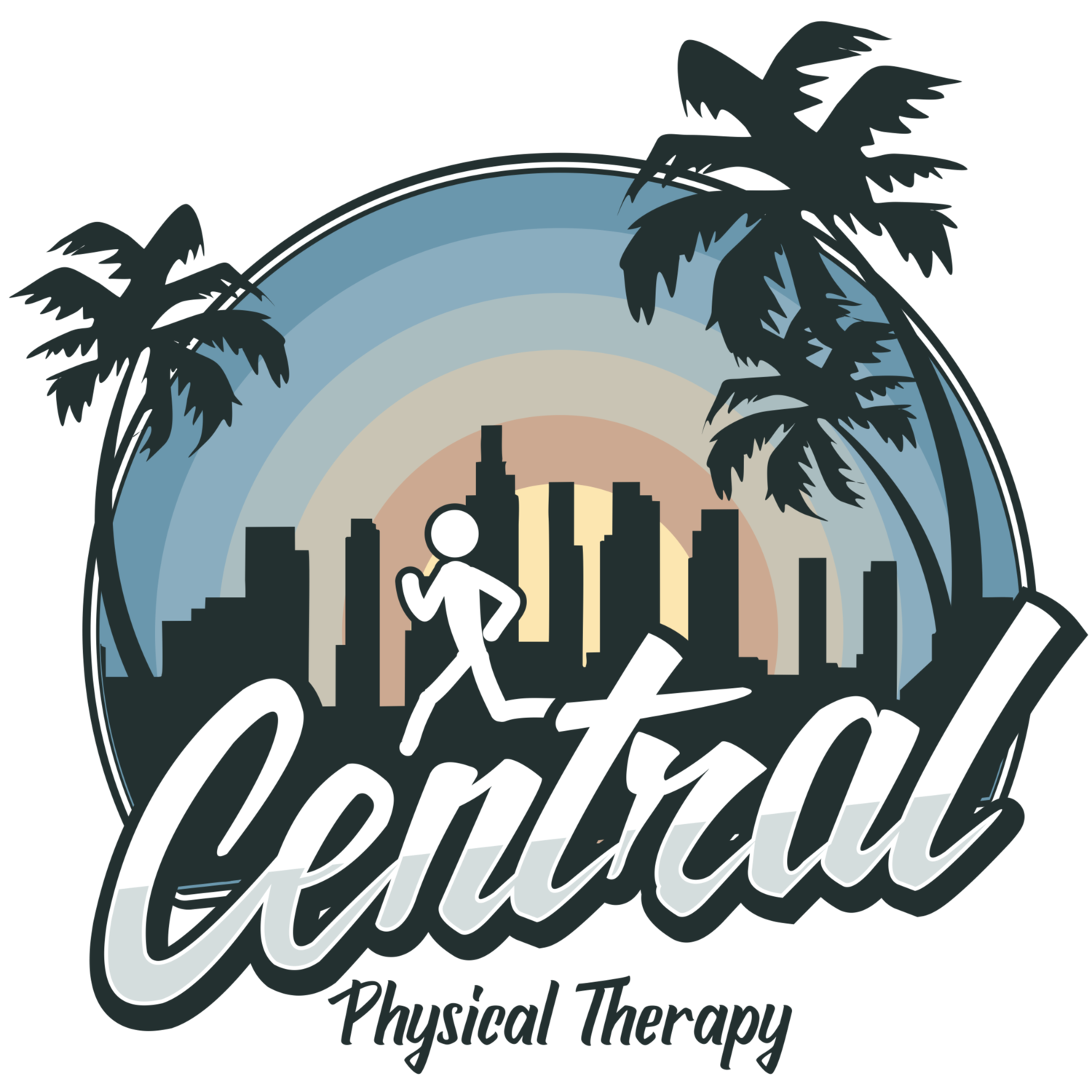Pain may be a symptom and not root cause of problem
Someone may have pain in a specific body part whether it’s from an accident or a fall (i.e. ankle sprain) and in that case, it’s clear we need to focus on that particular area of pain with treatment. But in many cases people have pain in a certain body part without there being a specific injury to that area, like say, the neck, shoulder, or hip, for example. Treatment is still focused in that area due to tightness of the soft tissues, stiffness in joints, weakness in the muscles, etc.-- but to get to the root of why there is (musculoskeletal) pain often starts with the joints not being in their “centered” positions.
(A) joint outside of “neutral” or “centrated” position (B) joint in centrated position
The "joint" is where two bones meet together and there is a point where the surfaces are most congruent to each other (as shown above and below) which is usually the center position. When joints are not in the “centered” positions, there are imbalances in the muscles that surround the joint. This often causes tightness, trigger points, and over-activation/under-activation of these muscles. Over time this could stress the passive structures in the area as well (ligaments, cartilage, discs, etc) leading to injury and pain.
To understand why certain joints are not in their “centered” positions to begin with we have to start from the very center of the body – the area of the trunk. All movement starts with the proper neutral and stabilized position of the trunk so if this area is not centered, other areas cannot truly be centered. The entire body is interconnected in this way so when one part is dysfunctional it affects all the other parts as compensations occur up and down the chain.
In order to treat this we need to center the joint both in the area where pain is occuring as well as the trunk. This is often done in physical therapy with manual treatment by the therapist and then working on exercises. This could be through stretches and strengthening but also what is called motor control, which helps develop awareness of what a centered joint position feels like and then training these positions repeatedly in order to establish change that is more sustainable.
Questions or comments? Contact us.




